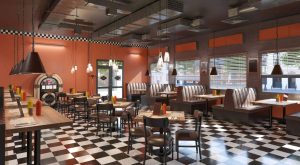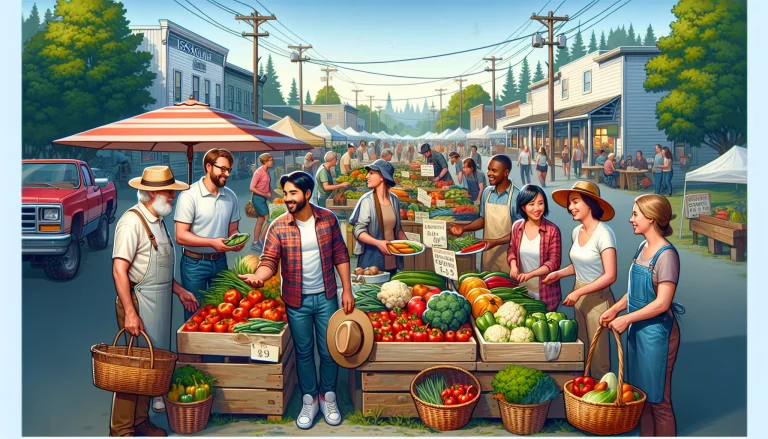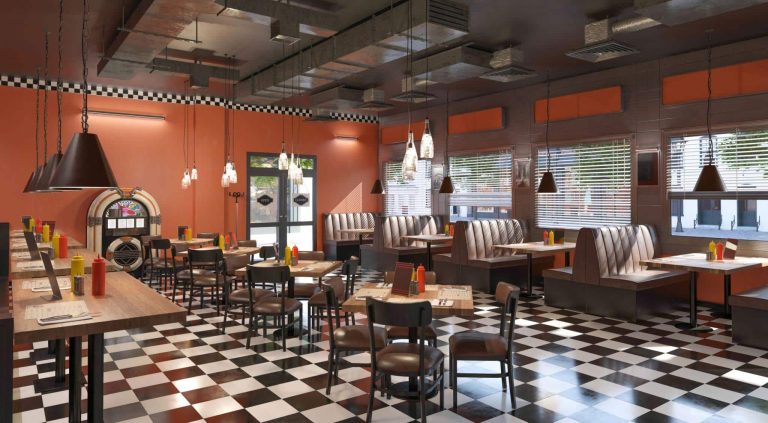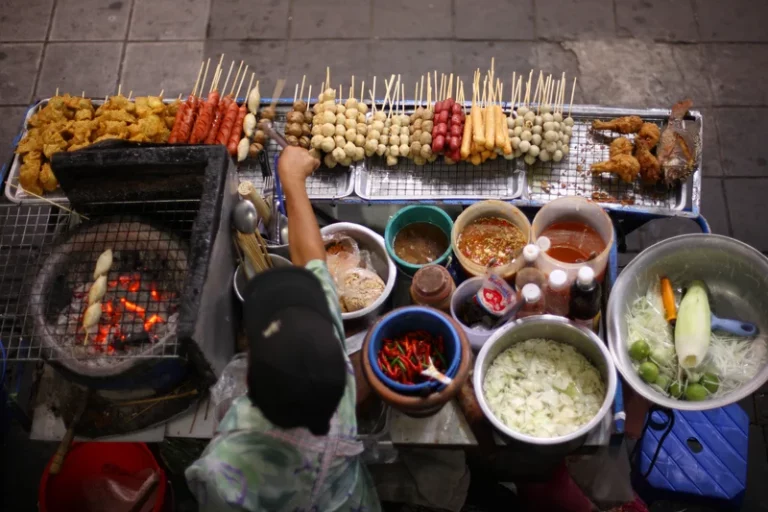Technology has drastically changed the restaurant business in recent years, changing how we eat out. Technology advancements are improving the eating experience, making it more effective, customized, and pleasurable from placing the order to paying the bill. As a foodie, I’ve seen directly how eateries are using technology to stay competitive and satisfy their patrons’ changing needs. These are some significant ways that eateries are using technology to enhance the dining experience.
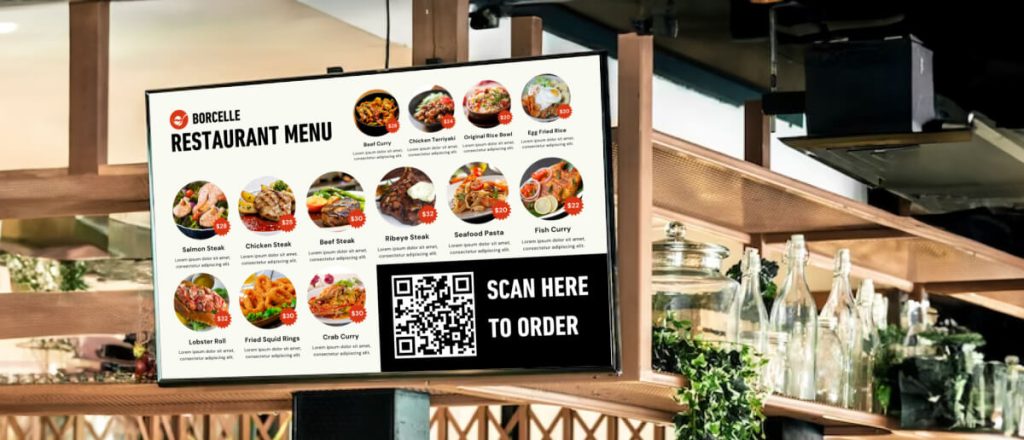
1. Digital Menus and Ordering Systems
The transition from paper to digital menus is one of the most obvious shifts in restaurants. Nowadays, a lot of restaurants have QR codes on their tables that patrons may scan with their phones to see the menu. In addition to lowering the possibility of interaction in the post-pandemic world, this makes it simple to change the menu without having to reprint it. Additionally, several eateries provide tablet-based ordering platforms that allow patrons to browse wine pairings, alter their orders, and select portion sizes with a single click. In the end, this increases consumer happiness by expediting the ordering process and cutting down on wait times.
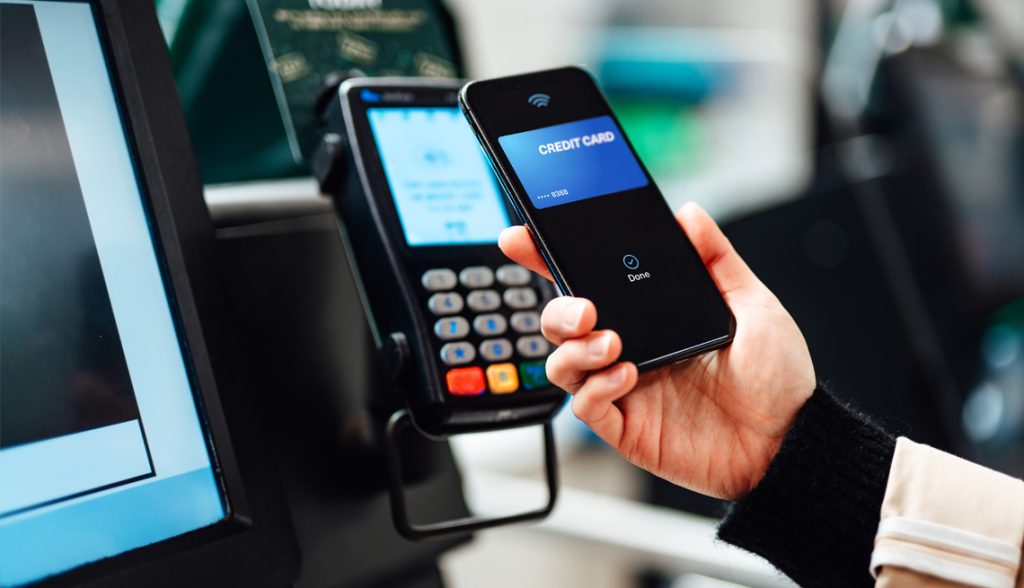
2. Contactless Payments and Mobile Wallets
Many restaurants are already incorporating mobile wallets like Apple Pay, Google Pay, and even cryptocurrency payments as contactless payment methods grow more widespread. Consumers don’t need to touch cash or credit cards because they can pay their bills straight from their cellphones. In addition to expediting the checkout process, this improves convenience and security by enabling customers to pay at their table without having to wait for a waitress. This is particularly helpful in busy restaurants where productivity is essential.
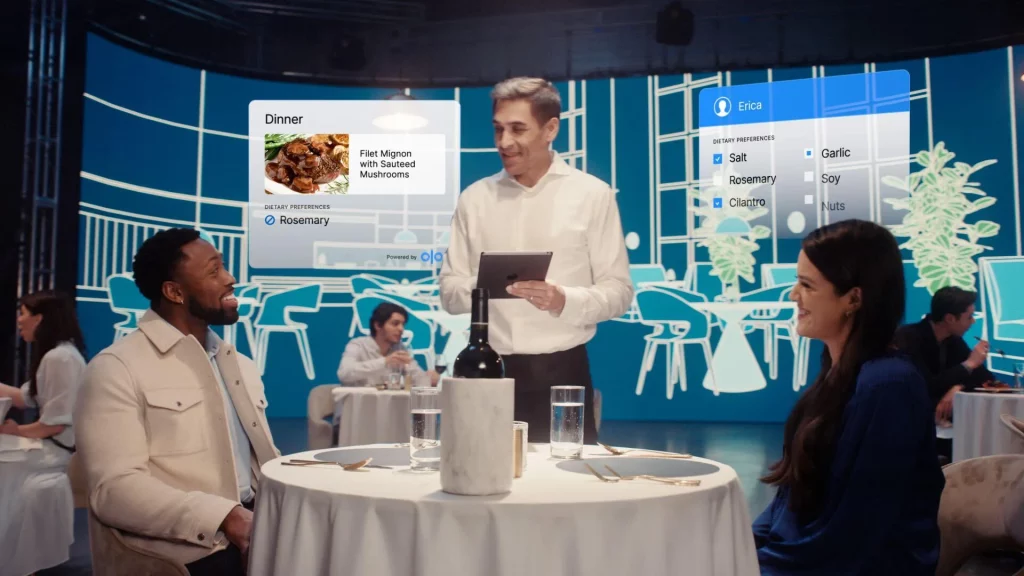
3. Personalized Dining Experiences with Data
In order to provide more individualized eating experiences, restaurants are also using client data. Customer relationship management (CRM) software is being used by many businesses to keep track of past orders, dietary restrictions, and preferences. This enables staff to make personalized suggestions or even call patrons by name when they return. To increase customer engagement and retention, some restaurants implement loyalty programs or apps that give discounts or special incentives to loyal patrons.
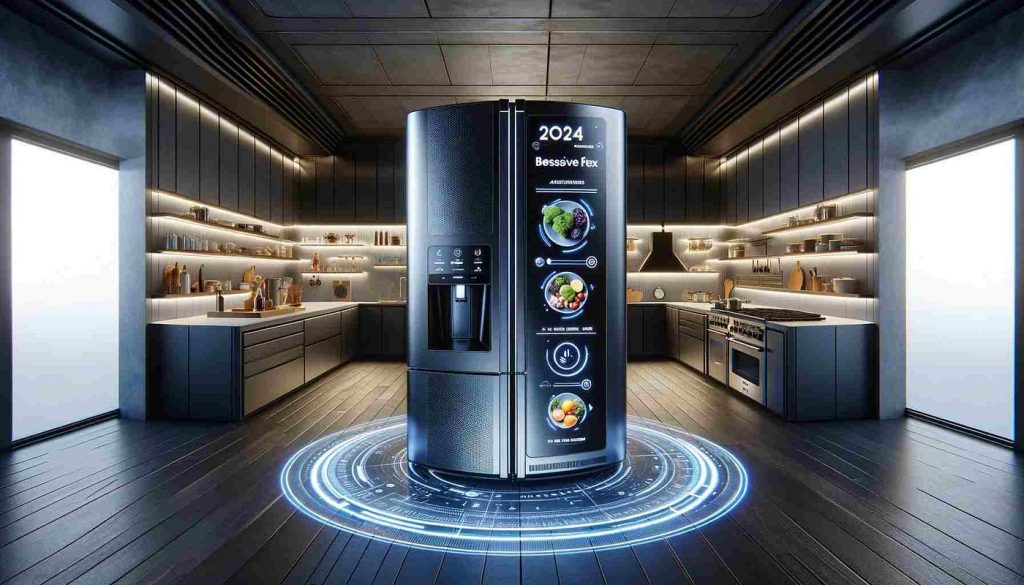
4. Smart Kitchen Equipment
Behind the scenes, food preparation is being significantly impacted by technology. These days, cooking times and temperatures are monitored and controlled by smart kitchen appliances like grills, ovens, and refrigerators. This technology helps chefs maintain consistency and quality in dishes, ensuring that meals are always prepared to perfection. Some restaurants even use automated robots to assist in food preparation, such as flipping burgers or cutting vegetables, which allows the kitchen staff to focus on more complex tasks.
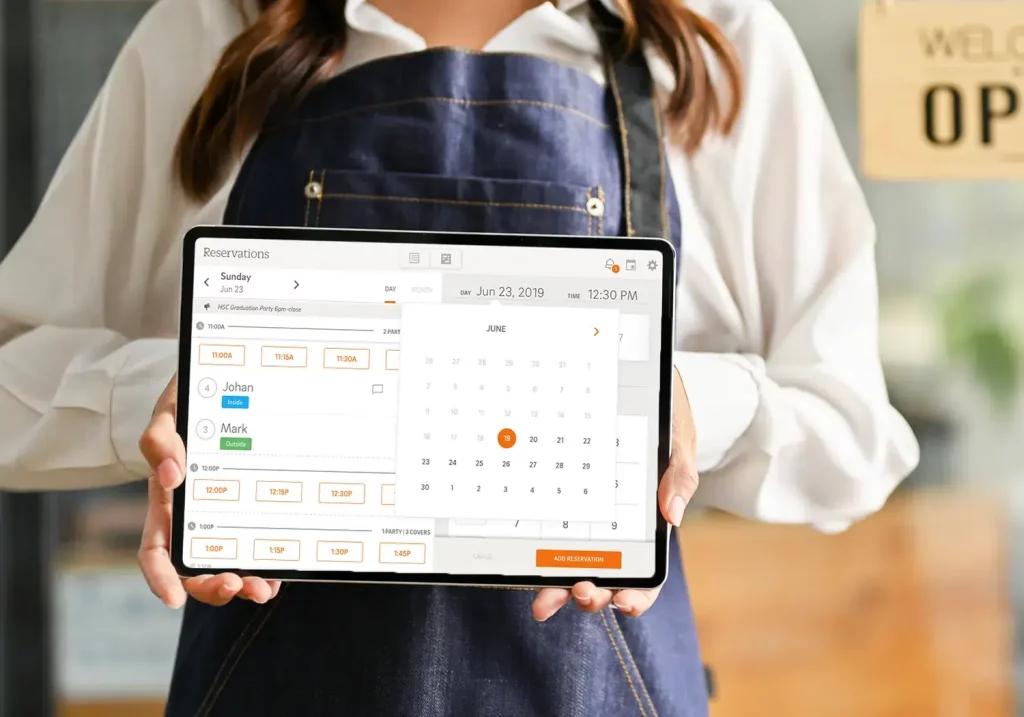
5. Virtual Reservations and Waitlist Management
The days of making reservations over the phone or standing in line to get a table are long gone. Apps and websites are increasingly widely used by restaurants to manage waitlists and expedite reservations. Customers can check availability, book a table, and even get alerts when their table is ready using platforms like Resy, Yelp, and OpenTable. Long wait times are reduced and guests may easily organize their visit thanks to this technology, which enhances the whole experience.


